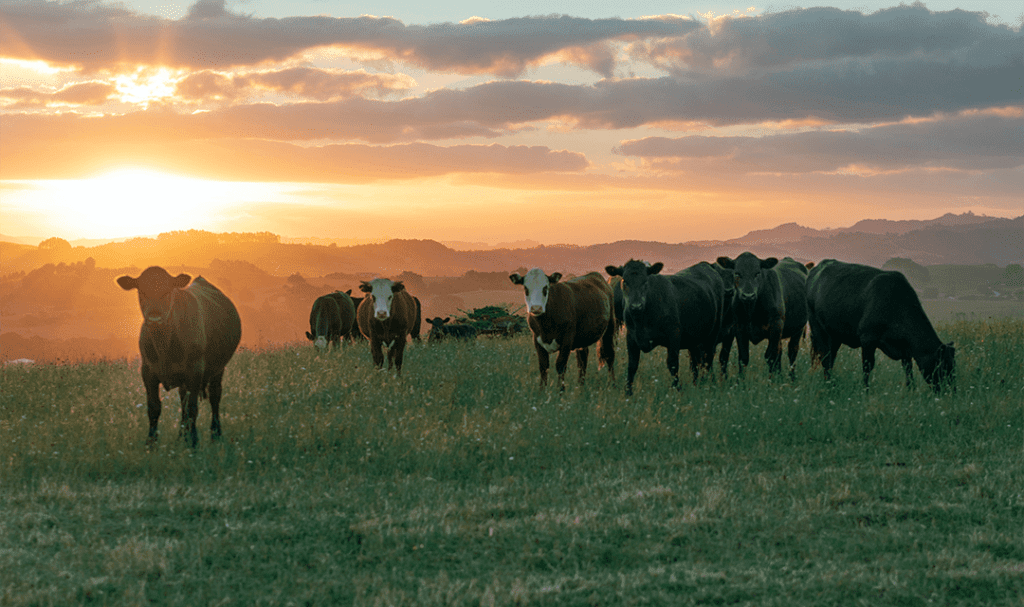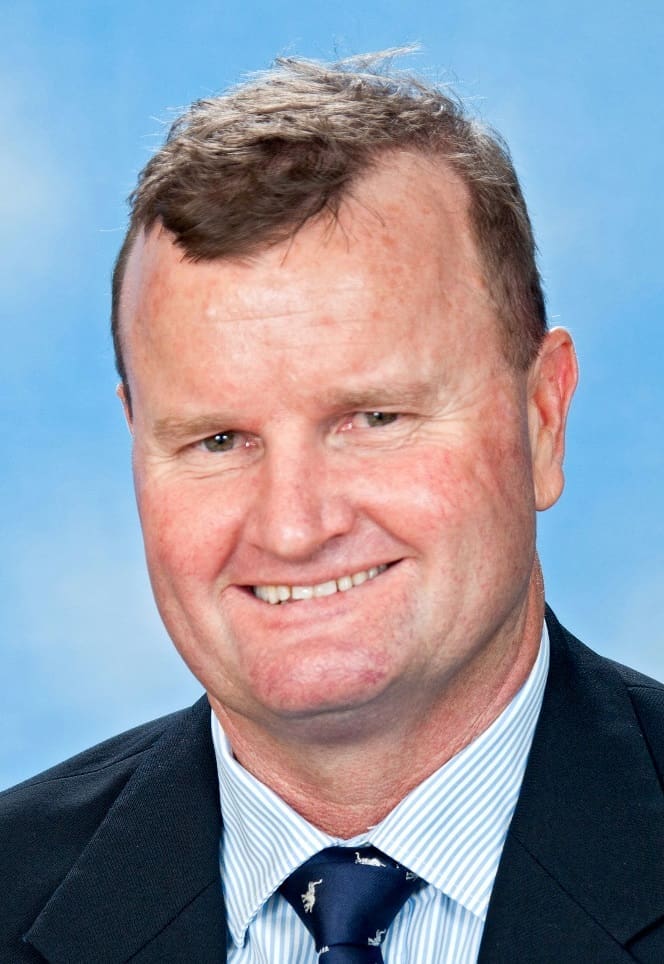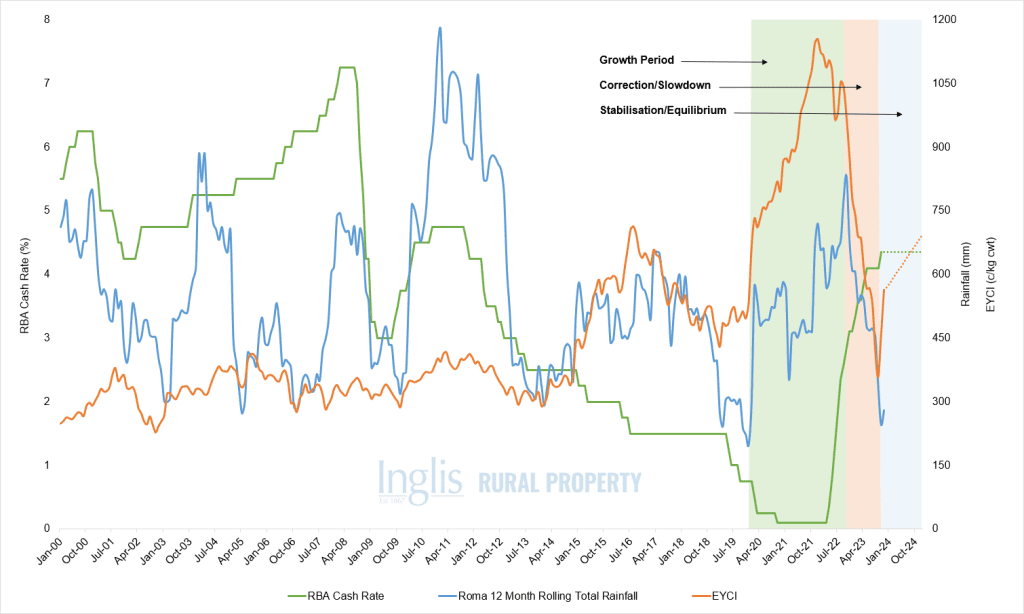
IN OUR final weekly property review for the year, experts from three rural property agencies reflect on the year that was, and what lies ahead.
Inglis Rural Property chief executive officer Sam Triggs said the heat which turbocharged the rural property market in the last 12 to 24 months (driven by a trifecta of cheap debt, strong commodity prices and brilliant seasons) saw a seismic upward shift in rural assets.
“Today, these market fundamentals have been inverted and buyer sentiment has reduced urgency, however strong interest remains for high quality and well-developed assets,” he said.
Inglis has recently charted some of the key drivers of the cattle property market over a 23-year period using the RBA cash rate versus Roma rainfall data versus the Eastern Young Cattle Indicator.
The analysis found that:
- In a low interest environment, all asset classes have grown.
- Rising land values correlated with periods of low interest rates, high cattle prices and good rainfall.
- A correction period happened over the last six months due to higher interest rates, lower cattle prices and drier seasonal conditions.
The chart also forecasts a period of stabilisation in 2024.
Values

Sam Triggs
In terms of record property prices, Mr Triggs said records are made to be broken, so naturally they are being broken at a higher frequency.
“Over the past three years, the rural property market witnessed a rapid growth phase coinciding with an increased volume of transactions,” he said.
The number of transactions had backed off, however, as the market felt the pinch of interest rates and a waning seasonal outlook.
“Recent rain has shown how quickly confidence can swing commodity markets. So, looking ahead, property prices will be driven by farmer sentiment influenced by seasons and commodity prices and the decision to buy or sell.”
Buyers
Mr Triggs said corporates, cash and families were the most active buyers in the 2023 rural property space.
“This trend is not new, but they are the clear leaders in the current market.”
He said there were further dynamics at play.
“As carbon and biodiversity markets continue to mature and expand with examples of new Renewable Energy Zoning (REZ), there will be a continued push from corporations to buy or lease country required for the expanding needs of the energy and offsets markets.”
Mr Triggs said another notable factor in 2023, as a direct result of COVID 19, was buyers shoring-up supplies of raw commodities to overcome future disruptions.
“Multi-national corporations (including Asian and North American) have been securing production assets to accelerate and underpin vertical integration of their retail goods – the ‘paddock to plate’ model in both food and/or fibre.”
The sale of Gundaline to China’s Smart Shirts was an obvious example, he said.
Standout sale
For Inglis Rural Property, the standout grazing sale in 2023 was the 3817ha Checkers near Orange in central New South Wales.
A southern New South Wales family farming business with existing cattle and sheep interests paid around $30 million ($1200/DSE) for the property, ending 45 years ownership by the Mathieu family.
Mr Triggs described it as a landmark sale following 15 inspections from corporate and private families seeking economies of scale and reliable rainfall.
During the Mathieu family’s ownership, Checkers had transitioned from a traditional high input commercial grazing enterprise to a regenerative low input sustainable grazing platform conservatively running up to 28,000DSE.
Standout region
Mr Triggs said there was a two-speed market operating for rural land, with quality assets driving strong interest, particularly in southern New South Wales and the Riverina.
“Corporate and institutional backed funds, particularly offshore groups, have been attracted by the relatively low Australian dollar, while the larger family farming units have expanded with neighbouring acquisitions.”
More specifically, Mr Triggs identified the state’s south west slopes as a consistent performer.
“There is good appetite from expanding existing families for country along that southern corridor because it is safe and versatile – it can be grazed and cropped. Investors are also attracted to the area due to its proximity to Sydney and Canberra.”
Mr Triggs said good quality country in the region was commanding between $18,000/ha and $25,000/ha, with many properties transacting in the $10m to $15m price range.
Without a doubt, the southern New South Wales standout sale was Palgrove’s historic Cootamundra district holding Gilgal Station – purchased in November by German investor Lukas Asset Management’s Land for $53.5 million.
The 3605ha comprises three contiguous holdings with a 37,000DSE carrying capacity. It is suited to beef breeding and finishing, prime lambs and wool, as well as 560ha of dual-purpose winter cropping.
Mark Barber, Elders
Elders Farmland Agency and Investments general manager Mark Barber said this year’s rural property market continued to see low turnover (by number) for all asset classes.

Mark Barber
“By mid-year there had been 16 consecutive quarters of volumes trending down. As seasonal conditions deteriorated in the second half of the year in some areas, and predictions of drought increased, those thinking of selling decided to trade on until conditions improved.”
Mr Barber said similarly, some buyers became cautious, but genuine qualified purchasers remained active and met the market.
“These producers are taking a longer-term view of the market and looking through the current seasonal and market conditions. They will compete for properties that are strategically important to them and their families.”
He said large scale family farmers continued to be very active and competitive throughout the year, but corporate and institutional investors attracted the most attention.
“They are still actively raising money and investing, and due to the low volume of turnover, Elders has fielded numerous inquiries to seek out specific opportunities in this segment of the market.”
Mr Barber said it was difficult to single out one group of buyers as more active than others.
“Perhaps the best way to segment the market is, the most active are those who consider agricultural land as a long-term, capital-secure asset with competitive finance yield, who believe the fundamentals of agricultural commodity demand are strong.”
“This segment will be very competitive for assets that are strategically important to them,” he said.
Values
Reflecting on 2023, Mr Barber said rural property values reached new highs in almost every state by mid-year.
“While dry conditions and corrections in the livestock market created some headwinds in the second half, there has been no evidence of a widespread systematic correction of the property market with low levels of supply continuing to support values.”
“By the middle of the year, Victoria and Tasmania experienced strong growth after significant decreases in the volume of properties coming on the market,” he said.
Mr Barber said it was tempting to view 2023 from the perspective of the last few months, however the year has seen the continuation of strong growth for farmland values with some head winds in the second half.
“Recent widespread rain has shown that predictions of widespread drought are just that, predictions, and must be treated with caution, and managed accordingly.”
He urged property owners to take a long-term view of the farmland market, which has produced an average capital growth rate of 8.5 percent nationally over the last five years and much higher in some areas of the country.
Carbon
Mr Barber said demand for land suitable for carbon and other alternative land use continued to gain momentum during the year.
“The Elders Carbon Farming team has been overwhelmed with inquiry for farmland suitability, pre-feasibility studies and full project application assistance.”
Standout sale
In terms of standout sales, Mr Barber identified Charleville’s 30,759ha Noella which commanded $27 million at auction.
In March, Augathella producers Adrian and Megan Forrest paid $878/ha bare for the sought-after breeding, backgrounding and fattening country in south-west Queensland.
For more than 30 years, Noella had been held by Chinese-owned, Sydney-based, Mathew’s Farm Investments (previously known as China State Farms Pty Ltd).
At the time of sale, Noella was enjoying an excellent season capable of supporting 2500 breeders.
Standout region
Mr Barber identified Western Australia and South Australia, and higher rainfall areas of Southern Australia, as areas that performed well this year.
“With at least four good years under their belt and an exceptional year in 2022, WA and SA property owners are continuing to trade as they believe returns from their farming assets are better than other investment opportunities.”
JLL Agribusiness
JLL Agribusiness director Bhavin Patel described the rural property market as increasingly divided across all sectors, as well as geographically.
“Market sentiment continues to be heavily dictated by commodity prices, and so where prices have held up, those areas continue to transact at elevated levels.”
“Where commodity prices have fallen sharply (such as cattle), the spread between vendor and buyer expectations has widened, leading to an increase in the time taken to transact, as well as some price decrease in the southern states,” he said.

Bhavin Patel
Mr Patel said the median price of farmland had peaked for this cycle and will continue to soften for multiple factors, including the possible onset of El Nino, increases in interest rates and softening in commodity prices.
“Having said that, strategic high quality farmland will continue to command a premium as global appetite to allocate capital to alternate real estate sectors such as agri grows, given the challenges faced in the more mature and traditional commercial real estate markets of office, retail and, to a lesser extent, industrial.”
Mr Patel said although commodity prices in general were moderating, there were individual commodities defying the general trend and commanding higher prices.
“As a result, agri sectors are achieving higher commodity prices, strategic high quality assets and assets with multiple revenue streams are anticipated to continue to trade well and achieve higher sale price.”
Buyers
JLL senior director Chris Holgar said 2023 saw a return to the normal dynamic where private families were actively competing with institutional investors, who have made a strong return from a COVID-induced hiatus.
“Many institutions are buoyed by a period of capital recycling to now deploy capital in new and varied mandates that represent, on some occasions, a very different approach.”
Director Clayton Smith said corporate activity had returned, with a couple of off-market confidential transactions squared-away for settlement next year.
“Private-owned family investors dominate the mid-level market once again. Most of the activity we have seen has been on the Western Downs with numerous mid-range sales transacting from $9m to $14m, which is about $5000 per hectare.”
Standout sale

Geoff Warriner
For JLL senior director Geoff Warriner, the standout property sale this year was the S. Kidman & Co properties – Glengyle, Durrie, Naryilco and Brunchilly to the Appleton and Harris families (a sale transacted by JLL in conjunction with RPL)
“This encompassed 2.478 million hectares, involving roughly 46,000 head of livestock, for more than $250 million.
This was one of the larger portfolios of northern properties to be transacted this year, with the four being purchased by private families. It is an example of the confidence in this sector and the resilience of Australian agribusiness as a whole.”
Standout region
Mr Holgar said despite the obvious headwinds (weather, cost of debt and commodity price), the market as a whole performed consistently over the course of 2023.
“High-quality grazing properties are highly sought-after for their reliability and consistency, while those properties with alternative revenue streams, be it through carbon sequestration or land conversion, continued to perform.”
This is Beef Central’s final weekly property review for 2023. I wish all readers and our property industry contacts across Australia, a Merry Christmas and a safe and happy New Year. Our weekly property reviews will return in January 2024.
In the meantime, readers may be interested in perusing our “Properties for Sale” listings or our “Recent Property Sale Results” – both featuring easy-to-use search functions – Linda Rowley, property editor.

